Discover how to turn dumbbells into a barbell with a barbell handle connector, allowing you to perform a wider range of strength training exercises.
Transforming your dumbbells into a barbell can enhance your workout versatility. Barbell handle connectors are innovative tools that link two dumbbells, creating a makeshift barbell. This allows you to perform exercises that typically require a barbell without purchasing additional equipment.
These connectors are sturdy, easy to use, and compatible with most dumbbells. They offer a practical solution for home gyms with limited space or budget constraints. With this simple addition, you can expand your exercise routine, targeting different muscle groups effectively. Investing in a barbell handle connector is a cost-effective way to maximize your existing workout gear.

Credit: www.amazon.com
Introduction To Dumbbell And Barbell Workouts
Dumbbells and barbells are staples in strength training. They offer different benefits. Dumbbells are great for single-arm exercises. Barbells are perfect for lifting heavier weights. Combining both can enhance your workout routine.
Benefits Of Versatility
Using both dumbbells and barbells brings versatility to your workouts. This approach targets different muscle groups. Here are some benefits:
- Improved muscle balance: Dumbbells help correct muscle imbalances.
- Enhanced strength: Barbells allow for heavier lifts.
- Increased range of motion: Dumbbells offer a wider range of motion.
Why Combine Equipment?
Combining dumbbells and barbells can maximize your results. This combination provides a balanced workout. Here’s why:
| Reason | Benefit |
|---|---|
| Variety | Keeps workouts interesting and challenging. |
| Efficiency | Works multiple muscle groups at once. |
| Flexibility | Allows for different types of exercises. |
By using both, you can achieve your fitness goals faster. This method also reduces the risk of injury. It ensures that your muscles are evenly developed.

Credit: newatlas.com
Essential Equipment
Transforming dumbbells into a barbell requires essential equipment. This equipment ensures safety and efficiency. Understand the types of dumbbells and barbell basics.
Types Of Dumbbells
Dumbbells come in various types. Each type serves a unique purpose. Here’s a quick overview:
| Type | Description |
|---|---|
| Fixed Weight | These dumbbells have a set weight. They don’t change. |
| Adjustable | You can change their weight. They are versatile. |
| SelectTech | These are easy to adjust with a dial. Perfect for quick changes. |
Barbell Basics
Barbells are essential for strength training. They allow for heavy lifting. Understand the basics:
- Bar Length: Standard bars are around 7 feet long.
- Weight: Standard barbells weigh 45 pounds.
- Plates: Weight plates add resistance. They come in various sizes.
- Clips: Clips secure the plates. They prevent slipping.
Knowing these basics helps in using barbells safely. Always ensure proper form and safety measures.
Transforming Dumbbells Into A Barbell
Ever thought about transforming your dumbbells into a barbell? This guide explains how you can do that safely and effectively. You’ll save money and space by using your existing equipment in new ways.
Connecting Mechanisms
To connect dumbbells into a barbell, you need a connecting rod. This rod must be sturdy and fit your dumbbells securely.
- Measure the diameter of your dumbbell handles.
- Choose a rod that matches these measurements.
- Ensure the rod has secure locking mechanisms.
Some rods come with adjustable lengths. These rods are versatile and can fit different dumbbell sizes. Look for rods with non-slip grips for better safety.
Safety Precautions
Safety is crucial when converting dumbbells into a barbell. Always check the weight limits of your connecting rod.
- Inspect the rod and dumbbells for any damage.
- Ensure all parts are securely fastened.
- Test the setup with lighter weights first.
Never exceed the recommended weight capacity. This can lead to equipment failure and injury. Always use collars or clips to secure the weights in place. This prevents them from sliding off during workouts.

Credit: jayflexfitness.com
Upper Body Exercises
Transforming dumbbells into a barbell can boost your upper body workouts. It offers more variety and targets muscles effectively. Let’s explore some key exercises for the upper body.
Chest Press Variations
The chest press is great for building chest muscles. Converting dumbbells into a barbell allows different variations:
- Flat Barbell Bench Press: Lie flat on a bench, grip the barbell, lower it to your chest, then push up.
- Incline Barbell Bench Press: Set the bench to an incline. This targets the upper chest muscles more.
- Decline Barbell Bench Press: Set the bench to a decline. Focuses on the lower chest muscles.
Shoulder Workouts
Using a barbell for shoulder exercises can increase strength and stability.
| Exercise | Muscles Targeted |
|---|---|
| Barbell Shoulder Press | Deltoids, Triceps |
| Barbell Upright Row | Trapezius, Deltoids |
| Barbell Front Raise | Front Deltoids |
These exercises can be done standing or seated. Always use proper form to avoid injury.
Focus on controlled movements and start with lighter weights. Build up your strength gradually.
Lower Body Exercises
Turning dumbbells into a barbell can enhance your lower body exercises. You can perform a wide range of movements to build strength. This section focuses on effective techniques for your legs and glutes.
Squat Techniques
Squats are fundamental for lower body strength. With a barbell, you can target your muscles more effectively.
- Back Squat: Position the barbell on your upper back. Keep your chest up and squat down, keeping your knees behind your toes.
- Front Squat: Hold the barbell at shoulder level. Squat down while keeping your torso upright.
- Overhead Squat: Hold the barbell overhead with arms fully extended. This technique improves balance and core strength.
Lunge Variations
Lunges are versatile and can be done in several ways. Here are some variations using a barbell:
- Forward Lunge: Step forward with one leg, lowering your hips until both knees are bent at 90 degrees. Return to the starting position.
- Reverse Lunge: Step backward with one leg, lowering your hips similarly. This variation reduces stress on your knees.
- Walking Lunge: Perform a lunge, but keep moving forward with each step. This adds a cardio element to your workout.
| Exercise | Primary Muscles Worked | Benefits |
|---|---|---|
| Back Squat | Quads, Hamstrings, Glutes | Increases lower body strength |
| Front Squat | Quads, Core | Improves balance and posture |
| Overhead Squat | Shoulders, Core, Legs | Enhances stability and flexibility |
| Forward Lunge | Quads, Glutes, Hamstrings | Improves coordination and balance |
| Reverse Lunge | Quads, Glutes, Hamstrings | Reduces knee stress |
| Walking Lunge | Quads, Glutes, Hamstrings, Calves | Adds cardio to strength training |
Full-body Workouts
Full-body workouts are an effective way to build strength and burn calories. Turn dumbbells into a barbell and amplify your workout intensity. This method engages multiple muscle groups, giving you a balanced and efficient exercise routine.
Compound Movements
Compound movements work several muscles at once. Using a barbell formed from dumbbells can enhance these exercises.
- Squats: Build leg and core strength.
- Deadlifts: Target your lower back, glutes, and hamstrings.
- Bench Press: Strengthen your chest, shoulders, and triceps.
These exercises maximize muscle engagement and efficiency. They help you achieve a comprehensive workout in less time.
Circuit Training
Circuit training keeps your heart rate up while building muscle. Use your dumbbell-barbell for versatile exercises.
- Overhead Press: Strengthen shoulders and arms.
- Bent-Over Rows: Target your back muscles.
- Barbell Lunges: Engage your legs and core.
Move quickly between exercises to maintain intensity. Rest briefly between circuits for optimal results.
| Exercise | Muscle Group |
|---|---|
| Squats | Legs, Core |
| Deadlifts | Back, Glutes, Hamstrings |
| Bench Press | Chest, Shoulders, Triceps |
| Overhead Press | Shoulders, Arms |
| Bent-Over Rows | Back |
| Barbell Lunges | Legs, Core |
Turn dumbbells into a barbell and experience a dynamic full-body workout. Your fitness journey will become more engaging and effective.
Workout Routines
Transforming your dumbbells into a barbell opens up new workout routines. You can follow different plans to meet your fitness goals. Below are some structured routines for beginners and advanced users.
Beginner Plans
Starting with basic exercises helps build a strong foundation. Here are some beginner plans to get you started:
- Goblet Squats: Hold one dumbbell close to your chest. Perform 3 sets of 10 reps.
- Deadlifts: Use two dumbbells for balance. Complete 3 sets of 8 reps.
- Bench Press: Lie down and press two dumbbells upward. Do 3 sets of 12 reps.
These exercises target major muscle groups. Ensure you maintain proper form for each move. You can increase weight gradually as you get stronger.
Advanced Challenges
For those ready to push limits, advanced exercises offer more intensity. Here are some challenging routines:
- Clean and Press: Start with dumbbells at your sides. Lift and press them overhead. Perform 4 sets of 6 reps.
- Front Squats: Hold dumbbells at shoulder height. Squat deeply for 4 sets of 8 reps.
- Renegade Rows: Get into a plank position. Row each dumbbell alternately. Do 4 sets of 10 reps.
Advanced routines require more strength and coordination. Always warm up before starting. Use a mirror to check your form.
| Exercise | Sets | Reps |
|---|---|---|
| Goblet Squats | 3 | 10 |
| Deadlifts | 3 | 8 |
| Bench Press | 3 | 12 |
| Clean and Press | 4 | 6 |
| Front Squats | 4 | 8 |
| Renegade Rows | 4 | 10 |
These workout routines maximize the use of dumbbells. Convert them into a barbell setup for more variety. Always stay safe and listen to your body.
Tips And Best Practices
Transforming your dumbbells into a barbell setup offers versatility in workouts. This guide will help you maximize this transformation with key tips and best practices.
Proper Form
Maintaining proper form is crucial to avoid injuries and ensure effective workouts. Follow these steps:
- Stand with your feet shoulder-width apart.
- Keep your back straight and core engaged.
- Grip the barbell firmly with both hands.
- Lower the barbell in a controlled motion.
- Push through your heels to lift the barbell back up.
Recovery Strategies
Effective recovery strategies are essential for muscle growth and injury prevention. Implement these practices:
- Get at least 7-8 hours of sleep each night.
- Stay hydrated by drinking plenty of water.
- Incorporate stretching and foam rolling into your routine.
- Eat a balanced diet rich in protein and nutrients.
- Take rest days to allow muscles to recover.
By following these tips and best practices, you can safely and effectively turn your dumbbells into a barbell setup. This will enhance your workouts and help you achieve your fitness goals.
Conclusion And Motivation
Turning dumbbells into a barbell can be a game-changer for your workouts. It offers versatility and flexibility. This section covers tracking progress and staying consistent. These are crucial for long-term success.
Tracking Progress
Tracking your progress keeps you motivated. Use a journal or an app to record your workouts. Note the weight lifted and the number of reps. This helps you see improvements over time.
Create a simple table to track your progress:
| Exercise | Weight (lbs) | Reps | Date |
|---|---|---|---|
| Bench Press | 50 | 10 | 2023-01-01 |
| Squats | 70 | 8 | 2023-01-01 |
Update your table after each workout. This visual aid keeps you focused and motivated.
Staying Consistent
Consistency is key to achieving your fitness goals. Set a regular workout schedule. Stick to it to form a habit.
Use these tips to stay consistent:
- Set realistic goals
- Find a workout buddy
- Mix up your routines
- Reward yourself for milestones
Create a weekly plan:
| Day | Workout |
|---|---|
| Monday | Upper Body |
| Wednesday | Lower Body |
| Friday | Full Body |
Remember, turning dumbbells into a barbell is a journey. Stay focused and enjoy the process.
Frequently Asked Questions
Can You Turn Dumbbells Into A Barbell?
Yes, you can turn dumbbells into a barbell using a dumbbell connector. Ensure it’s compatible and securely attached for safety.
Can I Use Dumbbells Instead Of A Barbell?
Yes, you can use dumbbells instead of a barbell. Dumbbells offer better range of motion and muscle activation. They also help correct muscle imbalances.
Are Dumbbells As Effective As Barbells?
Yes, dumbbells are as effective as barbells. They offer similar muscle activation and versatility in workouts. Dumbbells also improve muscle imbalances and stability. Choose based on your fitness goals and preferences.
What Is A Jayflex?
A Jayflex is a flexible plasticizer used to make PVC products more durable and pliable. It enhances performance.
Conclusion
Transforming dumbbells into a barbell is simple and effective. It expands your workout possibilities. This method saves money and space. Incorporate this into your fitness routine for versatile training. Enjoy enhanced strength and flexibility with minimal investment. Embrace this DIY approach for a more efficient workout experience.

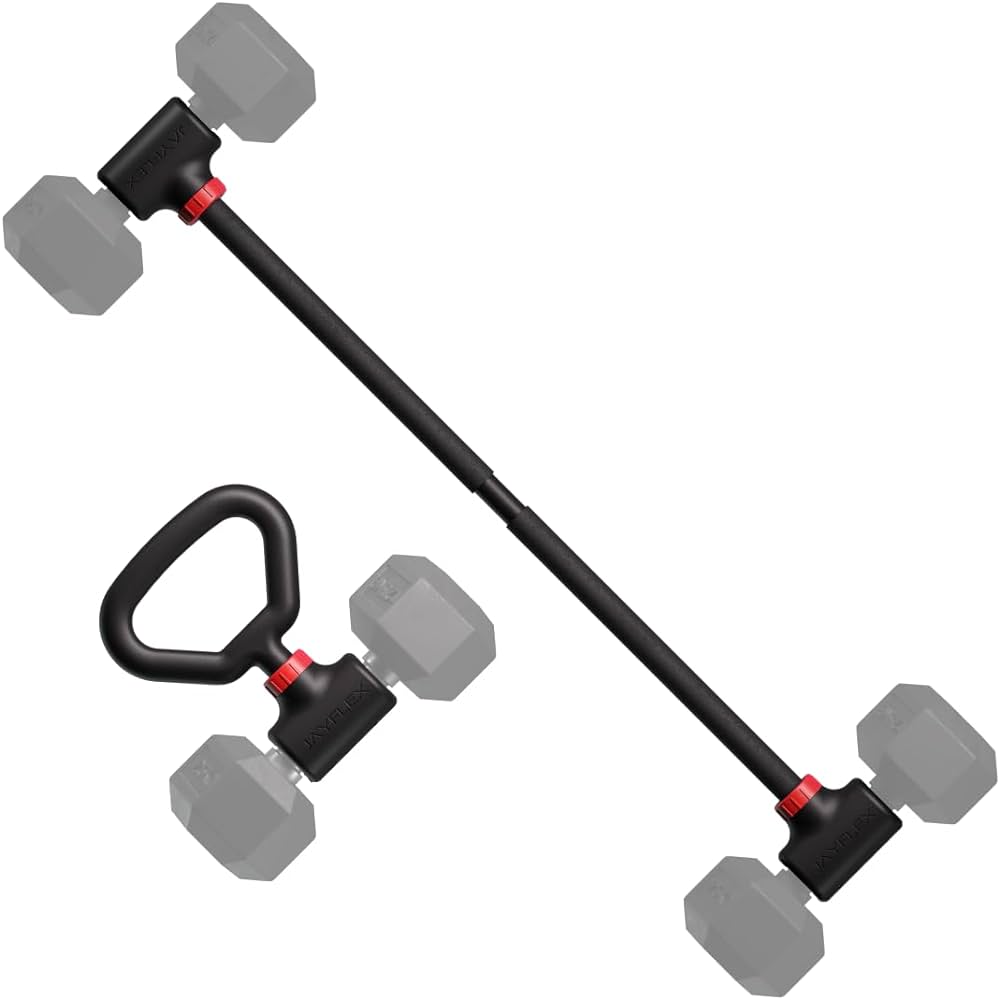
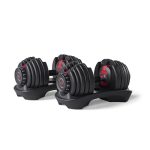
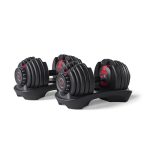
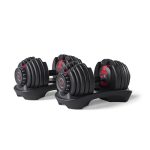
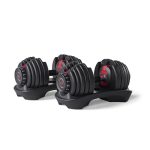
Comments are closed.